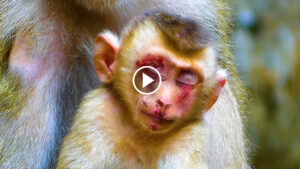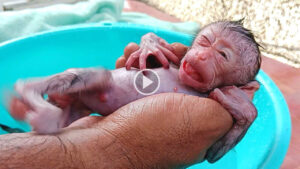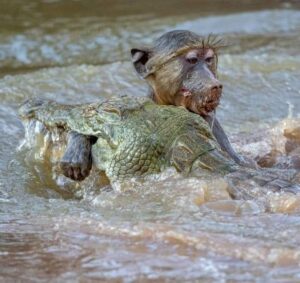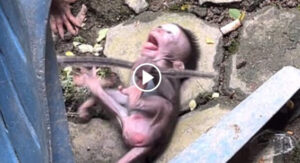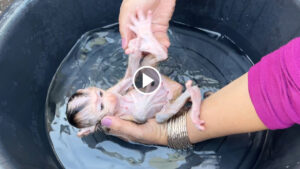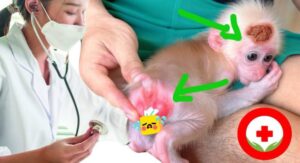WARNING: GRAPHIC IMAGES Our investigation with SOKO Tierschutz at the Laboratory of Pharmacology and Toxicology (LPT) in Germany has shed light on the horrors animals face behind closed laboratory doors. Graphic footage of dogs left bleeding and dying, and monkeys being routinely abused, has lifted the lid of secrecy on regulatory safety testing. We believe this abuse and the unimaginable suffering of cats, dogs and monkeys is unlawful. Yet this is the reality of laboratory life for animals. Will you stand with us and the millions of animals who suffer in laboratories?
Reports of unlawful dog and monkey suffering at the **Laboratory of Pharmacology and Toxicology (LPT)** have drawn attention to the disturbing reality of animal cruelty in scientific research. Investigations have revealed serious violations of animal welfare laws, showing the dark side of laboratory testing and prompting widespread outrage from animal rights groups and the public.
### Uncovering the Abuse
The abuses at LPT were uncovered through undercover footage and investigations carried out by animal welfare organizations like **Cruelty Free International** and **SOKO Tierschutz** in Germany. These investigations exposed horrific conditions in which animals, particularly dogs and monkeys, were kept and subjected to painful and inhumane experiments. The footage showed monkeys restrained in small cages, visibly distressed and sometimes bleeding after undergoing toxicological testing. Dogs, mostly beagles known for their docile nature, were also shown suffering from painful procedures without adequate pain relief or care.
### Violations of Animal Welfare Laws
The shocking conditions at LPT were in violation of European Union animal welfare regulations, which stipulate strict guidelines for the treatment of animals used in research. These laws require that animals be provided with appropriate living conditions, food, and medical care, and that experiments be conducted in the least painful way possible. However, at LPT, these regulations were blatantly ignored. Investigators found:
– **Inhumane treatment**: Monkeys were restrained in devices for long periods, often in clear distress, with some showing signs of self-harm due to stress and confinement.
– **Neglect**: Dogs were left untreated after painful procedures and were seen bleeding in their cages.
– **Lack of veterinary oversight**: Many animals did not receive proper medical attention, even when injured or clearly in distress.
### Public Outcry and Legal Action
The revelations sparked widespread outrage, with calls for immediate action. Animal rights groups demanded the closure of LPT and stricter enforcement of animal welfare laws in laboratories. Following the release of the footage, German authorities initiated investigations, and the laboratory’s operations were scrutinized for compliance with legal and ethical standards.
In response to the outcry, LPT faced pressure to cease operations, with several pharmaceutical companies severing ties with the facility. Authorities eventually suspended LPT’s license, and there were demands for a more comprehensive review of laboratory testing practices in Germany and Europe.
### The Larger Debate on Animal Testing
The LPT scandal reignited the debate on the ethics of animal testing, especially for cosmetic and toxicology purposes. While animal testing has been a long-standing practice in scientific research, particularly for medical and pharmaceutical development, there is growing recognition of the need for more humane alternatives. Advances in technology, such as **in vitro testing**, **computer modeling**, and **organ-on-a-chip** systems, offer alternatives that can reduce or eliminate the need for animal suffering.
### Moving Toward Change
The exposure of animal cruelty at LPT has reinforced the urgency of reforming how animals are used in scientific research. While regulations exist, enforcement and oversight are often lacking, as seen in this case. Advocates are pushing for stricter laws, better monitoring of laboratories, and increased investment in alternative testing methods to protect animals from unnecessary suffering.
### Conclusion
The unlawful suffering of dogs and monkeys at LPT serves as a wake-up call to the scientific community and the public about the ethical responsibilities involved in animal testing. It also highlights the importance of transparency and accountability in research institutions, ensuring that animals are treated with dignity and respect, and pushing for advancements that move away from harmful practices altogether.
